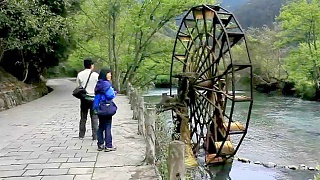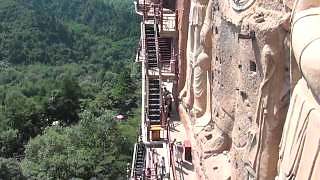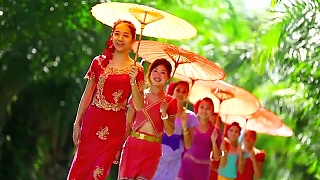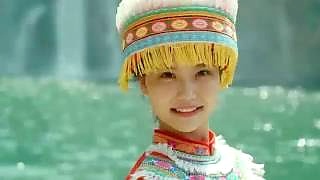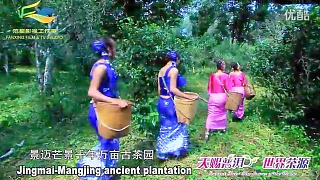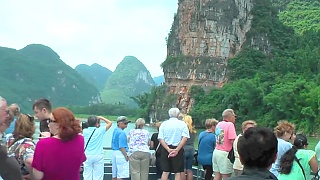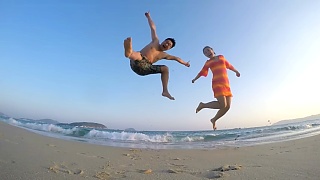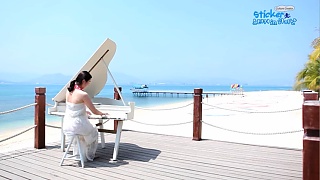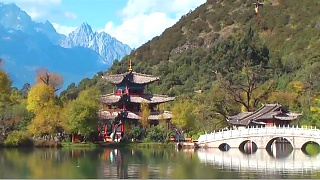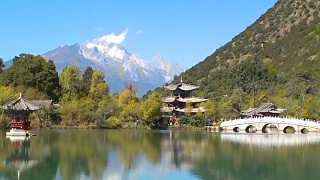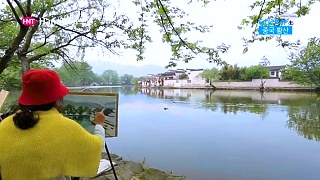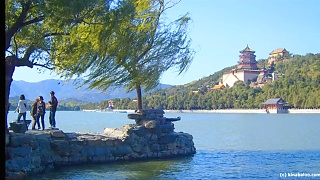XiShuangBanNa located in the south of YunNan province, south China, is a charming international eco-tourism resort on the reaches of the Mekong river (known as the LanCang river in China), bordering with Laos and Myanmar, and adjacent to Thailand, Vietnam and Cambodia.
Esteemed for its captivating tropical landscapes and exotic cultures of the 13 native minorities, this land is home to China's largest tropical rainforest and abundant biological resources, and the Dai Water Splashing Festival (which lasts for three days from April 13 to 15).
The Six Famous Tea Mountains region, 六大茶山 (Liù Dà Chá Shān) produce some of the most highly regarded Pu-Er tea.
There are daily flights from KunMing, DaLi and ChengDu.
[640],shadow=true,start=,stop=267
 This is beautiful XiShuangBanNa 西双版纳傣族自治州, YunNan province
This is beautiful XiShuangBanNa 西双版纳傣族自治州, YunNan province

